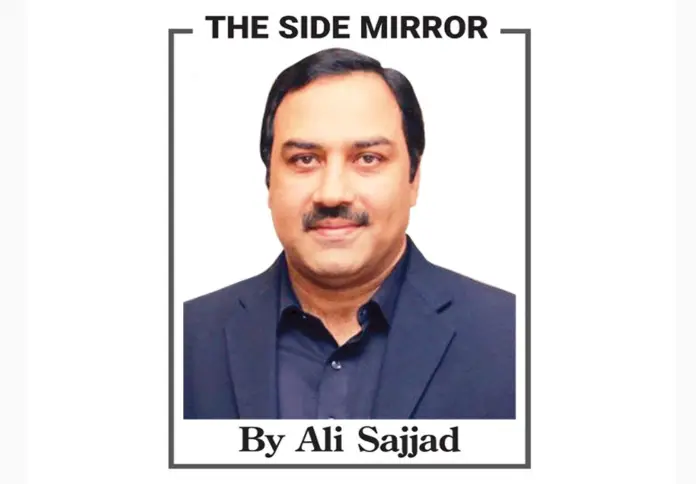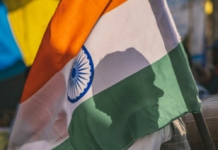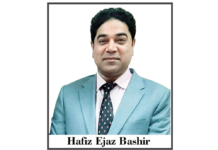When I was a kid, I remember whenever I had the flu or fever, my father would take me to the nearest public hospital for treatment. Going to a public hospital has never been a status quo problem. The visit would hardly last 10 minutes, whatever the size of the crowd in the outpatient department. Those days, the ‘parchi’ cost Rs2 or Rs5 per visit. The doctor, who never looked cheered up, would greet us with a boring face, and after checking pulse, would prescribe ‘lal, peeli golian,’ and ‘sour, red syrup’, no matter what ailment one was suffering from. The miraculous dose would cure us within a day or two.
Those good old days are gone. A visit to a public hospital for millennials is a kind of adventure or a piece of fiction.
On the other hand, public hospitals have also evolved into luxury places. Getting admission to a public hospital ward is a task that only health beat reporters can get done without an event.
What triggered me to write something on public hospitals is the ordeal of a minor girl from Okara, who was refused admission by three of four teaching hospitals in Lahore. The two-year-old girl was referred to the provincial capital after she suffered 35% burns. Aliza kept on crying because of the burns on her face, chest, and legs, while her parents kept on taking her to hospital after hospital.
The ordeal started when the young child slipped into boiling water at home. Her relatives brought her to the Okara DHQ Hospital, the logical first contact in case of an eventuality. The medical staff, however, did what they do in such complex cases: issued a referral slip to Lahore’s Mayo Hospital.
The family would plead with the staff to call the on-call physician. The family would have thought of the three-hour journey to Lahore. The family would have thought of lodging, travelling and treatment expenses before taking on the painful journey to Lahore. The family rented a van and drove Aliza to the Mayo Hospital in Lahore, where the staff refused to accept her. He was told to go to the Children’s Hospital. The staff there were not kind to them. They also refused to accept her and told them to rush her there right away. After that, the Jinnah Hospital was their next stop. When they took the girl to the emergency room of the Jinnah Hospital, the personnel and the physicians treated them brutally, and told them to leave for the facility had no protocol regarding the admission of young children.
The family had enough of it by this time. They confronted the personnel and insisted on giving admission to the girl. Their rough and tough tone worked to some extent and the employees at the counter issued them an entrance sheet. This might have provided a sigh of relief to the family. But the relief was short-lived. When the family presented the slip to the on-call physician, he acted impolitely and remarked that the Jinnah Hospital had nothing to do with the small burn victims.
When they left the hospital or were forced to leave, late at night in absolute disappointment, the world would have ended for them. Somehow, the girl spent the night.
The family stepped up their efforts once more on Tuesday morning and managed to get admission to Mayo Hospital via “safarish”.
She is now being treated at Mayo’s burn unit.
In the meantime, Parvez Elahi, the chief minister, has mandated an investigation into the incident.
He said in a statement that withholding care from the youngster was a flagrant breach of her fundamental rights and that he would punish those responsible for negligence.







